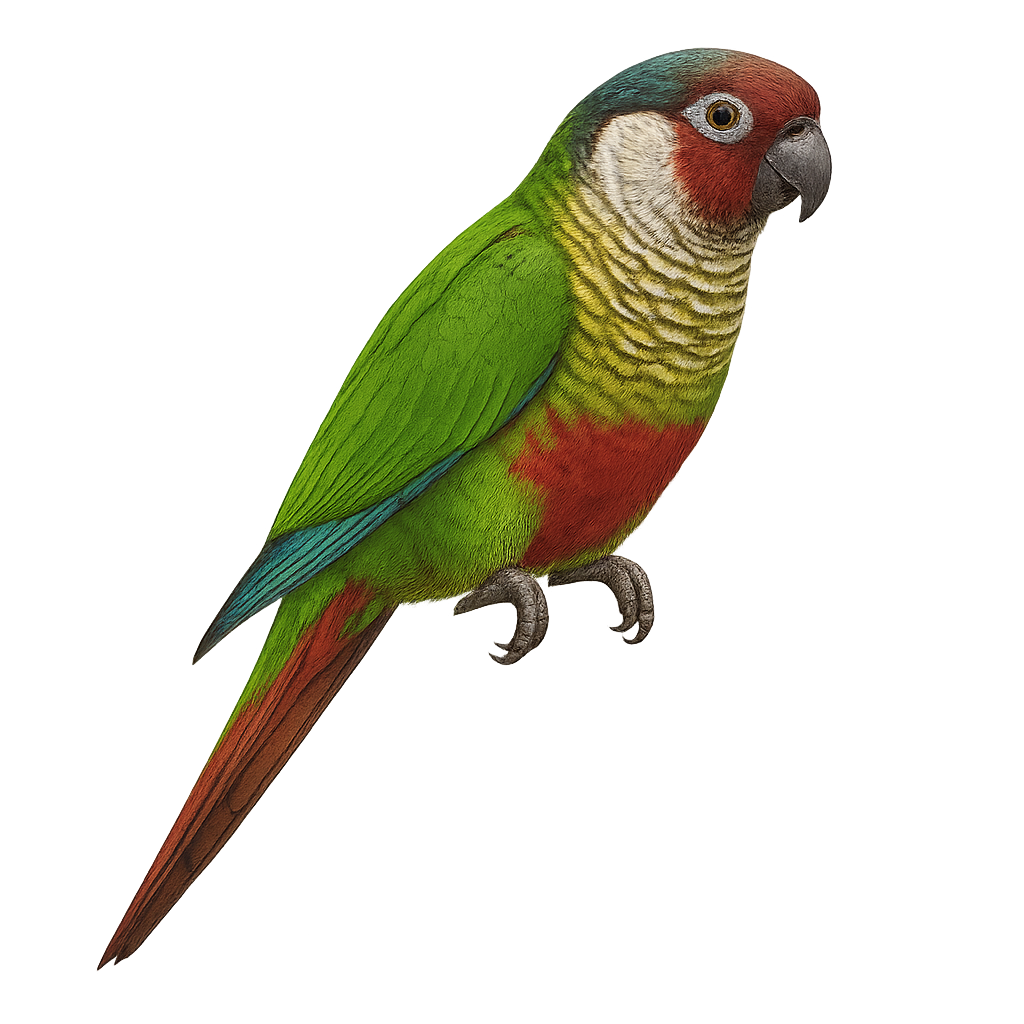Your wildlife photography guide.
Explore the white-eared parakeet in detail, study its behavior, prepare your shots.
Where to observe and photograph the white-eared parakeet in the wild
Learn where and when to spot the white-eared parakeet in the wild, how to identify the species based on distinctive features, and what natural environments it inhabits. The WildlifePhotographer app offers tailored photography tips that reflect the white-eared parakeet’s behavior, helping you capture better wildlife images. Explore the full species profile for key information including description, habitat, active periods, and approach techniques.
White-eared Parakeet
Scientific name: Pyrrhura leucotis

IUCN Status: Near Threatened
Family: PSITTACIDAE
Group: Birds
Sensitivity to human approach: Suspicious
Minimum approach distance: 10 m
Courtship display: October to December
Incubation: 22-24 jours
Hatchings: October to January
Habitat:
Tropical forests, secondary forests, agricultural areas
Activity period :
Primarily active during the day, with peak activity in the morning and late afternoon.
Identification and description:
The White-eared Parakeet, or Pyrrhura leucotis, is a small, colorful parrot native to the forests of southeastern Brazil. It is distinguished by its bright green feathers, characteristic white ear patches, and reddish tail. Measuring about 22 cm in length, it is known for its social behavior and ability to form noisy flocks. It primarily feeds on fruits, seeds, and flowers. Although its natural habitat is threatened by deforestation, it adapts well to human-modified environments. This species is often seen in captivity due to its sociable nature and attractive plumage.
Recommended lens:
400 mm – adjust based on distance, desired framing (portrait or habitat), and approach conditions.
Photography tips:
To photograph the White-eared Parakeet, focus on tropical forests where it is often active during the day. Use a 400mm or longer telephoto lens to capture detailed images without disturbing the bird. Be patient and wait for it to perch on an open branch. The natural light of the morning or afternoon will highlight its bright colors. Stay discreet and avoid sudden movements to prevent scaring it away.
The WildlifePhotographer App is coming soon!
Be the first to explore the best nature spots, track rutting seasons, log your observations, and observe more wildlife.
Already 1 430 wildlife lovers subscribed worldwide

